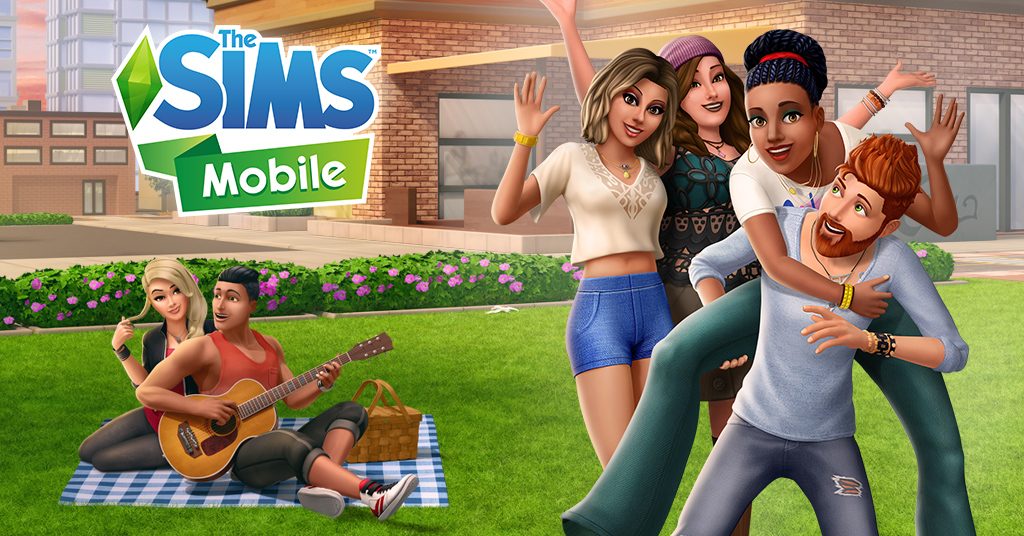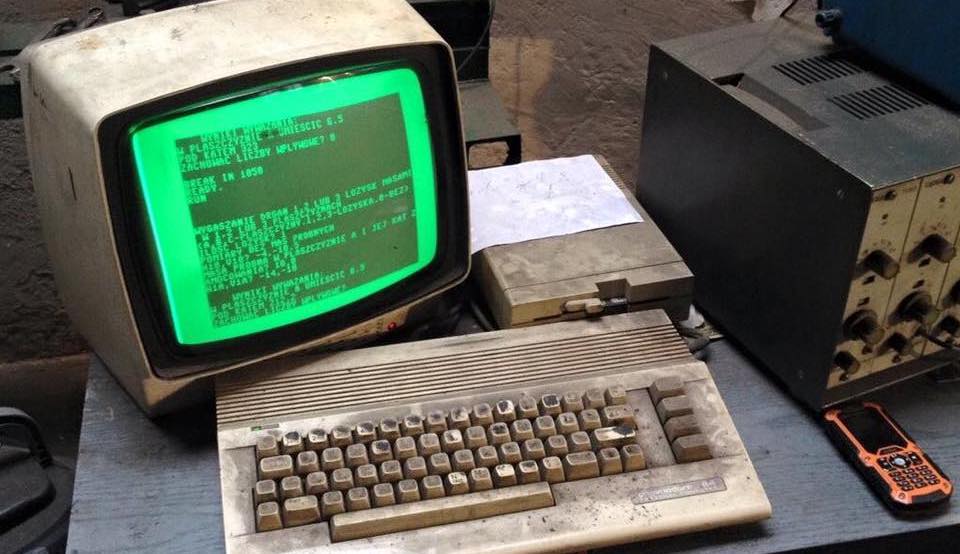

I was doodling.
I was sitting in the most important meeting of my life and I was doodling. As my pen moved in a million different directions, the only thought that was going through my mind was “What hasn’t been done before?”. I sighed loudly, in frustration of my inability to pitch a solid concept to the board, and all of a sudden, the whole room turned to stare at me. Like a deer in headlights, my face turned pale and my mouth gaped widely as I made eye contact with the Vice President of Studios of Glu.


“Lacy, everything good with you?”, Mark probed.
I quickly replied, “Yeah yeah! It’s just been a long day!”. As the words came out of my mouth, I realized how stupid it must have sounded as I sat in my Product Development Meeting on a Monday morning at 10AM.
“Sure...so Lacy, this is actually a great transition into our next segment of the meeting – your pitch for GluPlay. What do you envision as the next revolutionary gaming system using our holograph-simulation software?”
My mouth went dry, I was hired by Glu, the largest gaming developer in the world, to design and innovate new gaming concepts. I was Lacy Watson, Senior Design Architect for Glu Gaming Studios, and I was supposed to have an idea for a game that would be implemented with our proprietary, holograph-simulation software.
It was 2034 and the realm of video games grew exponentially once virtual reality and artificial intelligence became easier to implement in daily lives. When I was in college, the idea of using a PlayStation or XBOX was so outdated, as the industry of video gaming shifted to mobile gaming software and the GCloud, the cloud of video games online that required a subscription with most ISP’s. In the competitive gaming market, Glu was able to create the first ever holograph-simulation software that combines virtual reality with holograms. Although there is a lot of technical jargon behind how the software actually works, the idea is that gamers can now interact with their virtual reality as a hologram displays the game in a 360-degree bubble around the user. The oldest virtual reality involved bulky head-gear and expensive control equipment; however, as technology boomed over the last 20 years, the cost of VR decreased and consequently, the demand for newer VR games increased.

As the Board stared at me for an answer during the meeting, I found myself going back to the question of “What hasn’t been done before?” and all of a sudden something clicked.

“What hasn’t been done again?”, I say out loud.
“What?”, says Mark.
“This software allows users to interact with their game constantly and in a more natural perspective. The software was made for meeting people in a virtual world and interacting with their avatars – something like a virtual SIMS.” I suggested and then I realized that was it: a virtual SIMS game, where each gamer can meet other characters in the game through their holograms.

“So, you’re suggesting a SIMS recreation?”, Mark asked.
“Yeah -or no, or yes something like the SIMS, it doesn’t have to be the SIMS, I would have to research previous virtual environments and games, but yes a SIMS recreation -kind of,” I say all flustered and nervous that the pitch would be rejected.
“Interesting...going backwards to go forward. I like it, I want to see a written design proposal on my desk by Friday. Start the research Watson, this better be good.” Mark said.
It was at that moment I realized that procrastination really does provide the best solutions. I walked back to my desk and began researching virtual environment games from the past 40 years. As I began researching, I realized that the National Museum for Internet and Gaming might have some clues as to how I should design this virtual environment game.
I walked out of the office and got into my heli-car and decided to take a quick 2-hour trip to Washington D.C from the office in Los Angeles.



“Routing now...contacting HCAA for air traffic...estimated time arrival 2h and 35 mins, with heavier air traffic over Nashville due to multiple heli-car collision.”
I buckled myself in and began reading on the museum exhibits as the heli-car began its journey to D.C. As I skimmed their website for any relevance to virtual gaming, my eye caught the Commodore 64 exhibit. As I began my descent into D.C, I realized that the Commodore 64 had Habitat, the multi-player online world for the Commodore 64.
I rushed over to the museum and frantically searched for the Commodore 64 Exhibit. I walked up to the exhibit and started to read the plaques that talked about Habitat and the Commodore 64. Essentially, Lucasfilm’s Habitat was a multi-player environment in which players create avatars and can interact with one another and the world they are in. The game could be accessed through a dial-up connection to a BBS, a Bulletin Board System. The BBS was one of the earliest forms of the Internet where users in local area codes would access the BBS to spread content and share information, likewise people would share access to Habitat on BBS systems allowing for more users in this multi-player environment. The game was dominated by choices and allowed user to decide what behavior their avatar would exhibit. Inside this virtual realm users were afforded the opportunity to communicate, play games, go on adventures, fall in love, get married, get divorced, start businesses, found religions, wage wars, protest against them, and experiment with self-government.

As I walked around the exhibit and walked up to the Commodore 64, I noticed that it was set up with a dial-up connection and a modem. I turned around and glanced to see if anyone was within sight and decided that it was okay to check if the game actually works. I placed down my coffee that I bought at the coffee shop in the lobby and plugged in the Commodore 64.
I tried wiring the system and turning it on, but after 15 futile attempts to start the system I decided it was a lost cause. I stood up to leave and my hand hit my coffee cup. It was almost as if time had slowed down and I watched my coffee cup tip over and pour onto the wires connecting the Commodore 64.
All of a sudden, there were sparks and something fizzled, the lights in the exhibit flickered and then shut down. I gasped and instinctually tried to escape the exhibit, but then all of sudden the Commodore Screen turned on.
I stared in awe as one phone number appeared at the center of the screen. I stood there contemplating whether or not I should dial-up the number. The next thing I know, my curiosity made me call the number. As I dialed-up the number with the phone next to the Commodore, I didn’t know what to say if someone answered but all of sudden I heard a beep on the phone.
I put the phone down and the screen changes to “Welcome to Habitat” with one “Enter” button at the bottom of the screen. This was it, this was the research I needed to create the design proposal so I pressed Enter. After hitting the button, the computer screen turned black and the outlet on the wall blew up. Pieces of the wall were falling and there was a gaping hole in the exhibit and I was freaking out. I did not make enough to pay for damage to the exhibit and I began planning my response to the museum officials as there was no time to escape, when all of a sudden, the portal started emitting a blue-yellow light.



The Commodore 64’s screen lit up again and displayed one message: “Welcome to Habitat. Proceed.”
I gasped and stared at the hole in the wall that transformed into a portal. It felt like everything in the world was pressurizing me to decide; the portal stared me down, the screen stared me down, the exit sign in the hallway stared me down, and I was stuck at a crossroads – do I stay or do I go?
I inhaled a deep breath and stepped backwards towards the exit and I saw three police officers barreling down the hall. I turned back around and quickly stepped forward up to the portal and took a deep breath.
“Welcome to Habitat, Lacy. You better proceed,” I told myself as I walked into the portal.
Want to know what happens to Lacy? Click here: Next.
More Stories? Visit: Hoos Neocities